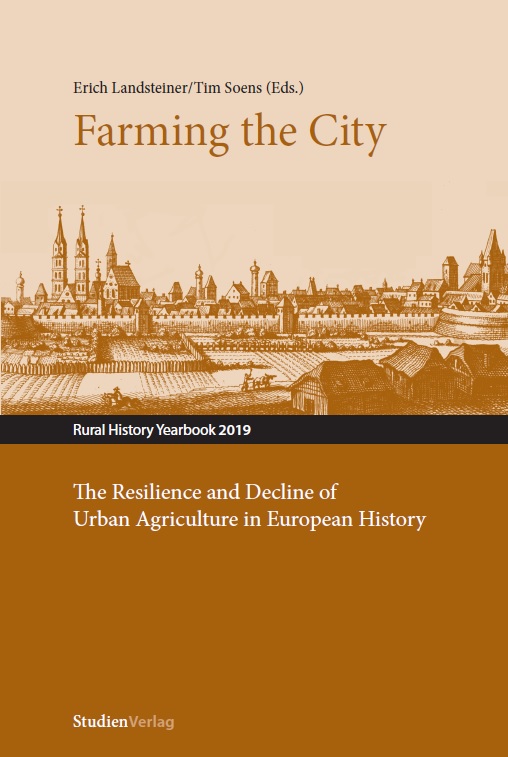The Longue Durée in Polish Towns: Agriculture from the Sixteenth to the Nineteenth Century
DOI:
https://doi.org/10.25365/rhy-2019-5Keywords:
urban farming, small towns, Poland, early modern, nineteenth centuryAbstract
The paper deals with the ruralisation of small Polish towns in the long-term perspective. This is a particularly important trend because the urban network in Po- land was, with the exception of a few cities, dominated by small towns. The present state of research suggests that for more than 50 percent of the inhabitants of these towns, agriculture was a primary source of income. This issue is reconsidered here using the example of small towns in southern Poland (in the period 1772–1918, the western part of Austrian Galicia). The following questions are addressed in detail: area and structure of agricultural land, size distribution of urban farms, general economic conditions for urban agriculture, types of farming, self-sufficiency in grain production, and strategies of urban farmers. These are examined above all on the basis of primary sources: the first Austrian land cadastre of 1785 (the Josephine Cadastre) and population censuses from the eighteenth to the twentieth century. The results of this research suggest that involvement in agriculture among town-dwellers was on the whole relatively stable until the mid-nineteenth century, but varied considerably from individual to individual depending on a range of factors (e.g. material status). They also indicate that agriculture had more of a supplementary than a primary role in urban families’ income structure.


